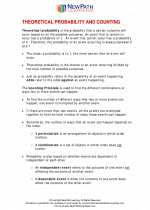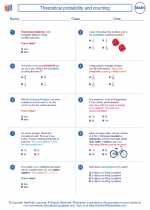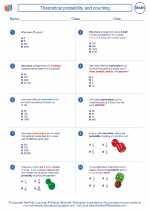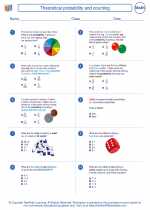Angles Study Guide
What is an Angle?
An angle is the figure formed by two rays, called the sides of the angle, sharing a common endpoint, called the vertex of the angle.
Types of Angles
1. Acute Angle: An angle that measures between 0 and 90 degrees.
2. Right Angle: An angle that measures exactly 90 degrees.
3. Obtuse Angle: An angle that measures between 90 and 180 degrees.
4. Straight Angle: An angle that measures exactly 180 degrees.
Angle Measurement
Angles are typically measured in degrees. A complete revolution is 360 degrees, and a straight angle is half of a revolution, so it measures 180 degrees.
Angle Relationships
1. Complementary Angles: Two angles are complementary if the sum of their measures is 90 degrees.
2. Supplementary Angles: Two angles are supplementary if the sum of their measures is 180 degrees.
3. Vertical Angles: When two lines intersect, the angles opposite each other are called vertical angles and are equal in measure.
Angle Notation
Angles are typically denoted using three points, with the vertex in the middle. For example, angle ABC can be denoted as ∠ABC.
Angle Bisector
An angle bisector is a ray which divides an angle into two equal angles.
Practice Problems
- Find the measure of the complement of a 35-degree angle.
- If two angles are supplementary and one measures 120 degrees, what is the measure of the other angle?
Conclusion
Understanding angles and their properties is crucial in geometry and trigonometry. Practice identifying and measuring angles to strengthen your knowledge of this fundamental concept.
.◂Math Worksheets and Study Guides Eighth Grade. Theoretical probability and counting

 Worksheet/Answer key
Worksheet/Answer key
 Worksheet/Answer key
Worksheet/Answer key
 Worksheet/Answer key
Worksheet/Answer key
